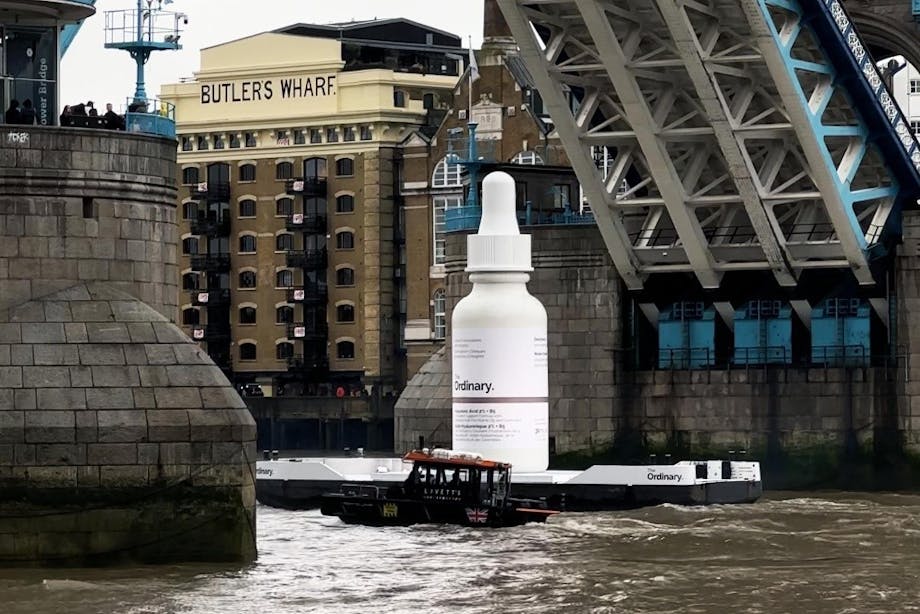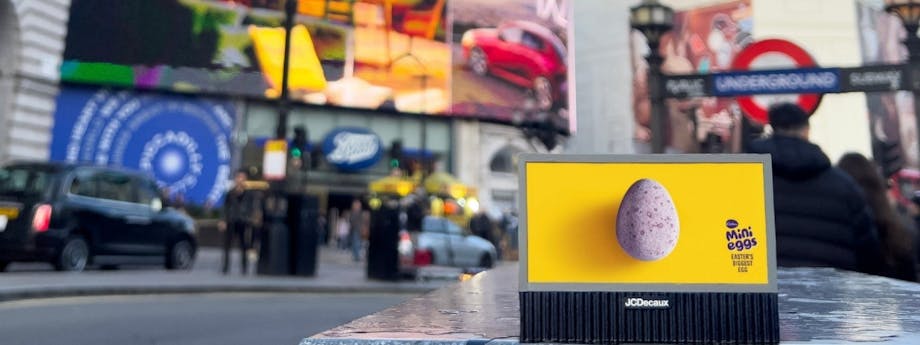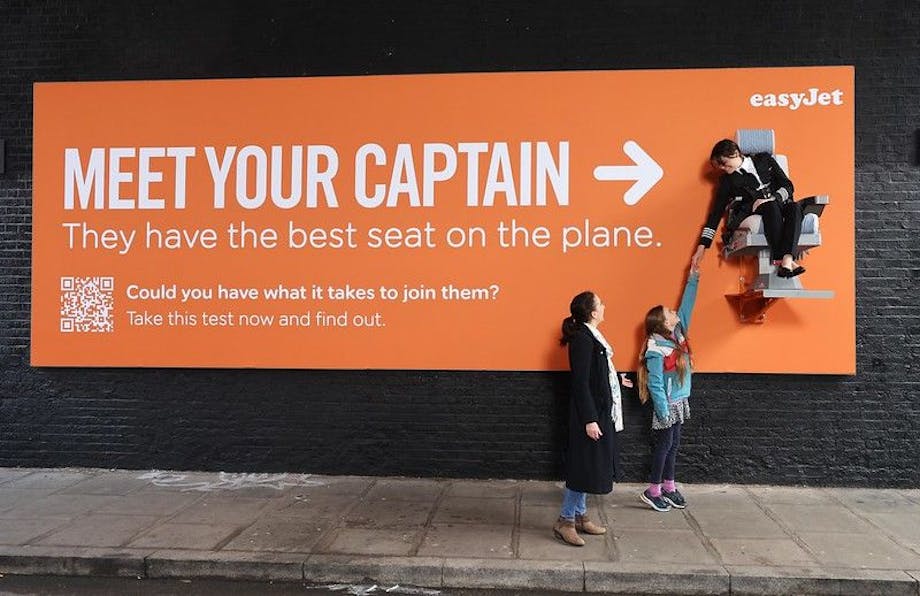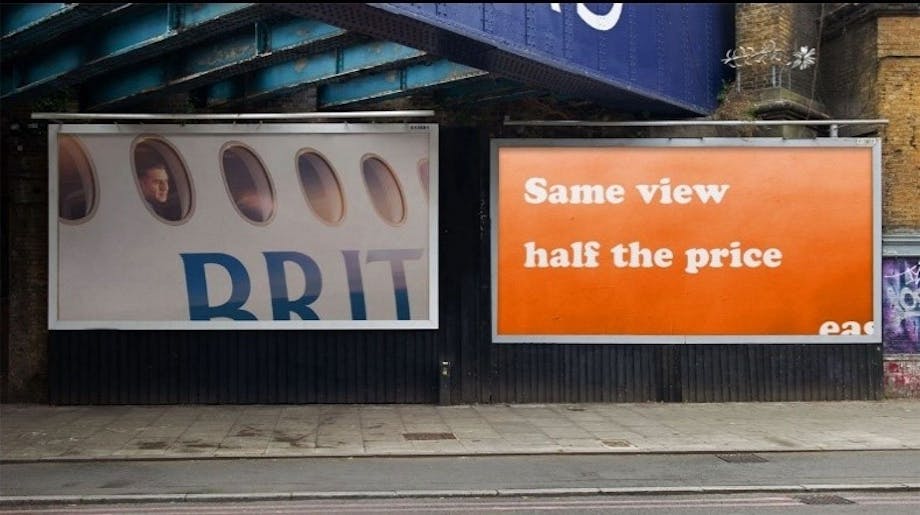
Out of home and into your mind
Katie DochertyOut of home (OOH) advertising is a powerful tool in any marketer's arsenal. When used effectively, it enables brands to leap into the public consciousness, tapping into the ever-evolving consumer landscape and embedding themselves in the cultural lexicon.
OOH campaigns are physical or digital assets out in the public domain. Picture a giant Mars bar next to Nelson’s Column, with a QR code on it that you can scan to find the nearest store selling Mars bars. Or something simpler, like a giant Coca-Cola billboard in Piccadilly Circus...
OOH campaigns tap into the fleeting attention spans of the public. Timing and execution are key, and brands can enhance their chances of making a lasting impression by meeting their consumers where they are, virtually or physically. This access helps grow brands and drives sales. But as the number of potential platforms and touch points increases, consumers are being bombarded with more and more adverts, all desperate to grab their attention.
Where marketers choose to engage consumers can also define campaign success. According to Kantar’s Media Reactions, preference of channel is a determining factor in which adverts receive the most attention, and ultimately decides which brands effectively convert viewers to customers.
Kantar reports that there is a 90% correlation between the places where people feel advertisements catch their eye the most and the places where they actually like seeing ads. However, there is a disconnect between consumer preference and brand marketing spend. Only half of marketers believe attention is having a leading impact on advertising effectiveness, with 50% considering it as having less of an impact than brand or sales outcome.
The stats make a compelling case for OOH campaigns, and we’ve collated some of our favourite examples from 2024 so far. Taking advantage of recent tech innovations, they have sought to break the mould and grab attention using both in-person and online post-activation, creating omnichannel experiences.
The Ordinary
Executed by One Agency, The Ordinary sailed a 12-metre version of their iconic bottle down the Thames, supported by CGI activations across New York, Australia, and Paris. It seemed like a smooth journey through the iconic Tower Bridge, but thanks to AI, there may be more than meets the eye, if you look closely...

From giant bottles to even more miniscule Mini Eggs
Another great example comes from VCCP, who have worked with Cadbury since 2017, and their most recent OOH campaign was deliciously eye-catching. They came up with a fitting way to celebrate Mini Eggs using miniature OOH billboards. Filmed in situ to look full scale, the ad pans back to reveal the true scale of the eggs – and the campaign – which is very small. They’re playing on the concept of large-scale advertisements and doing the exact opposite. Surprisingly, these little eggs have a big market share. As far as Easter eggs go, Mini Eggs outsell all other chocolate eggs during the Easter period, despite not having a dedicated seasonal campaign for the last five years.

ACTUAL EasyJet
Encouraging young girls to pursue gaining their wings, EasyJet’s interactive “talking” billboard combined experiential and OOH marketing. They used real-life easyJet Captain Sarah Acklerley, who paused her duties in the cockpit to speak with aspiring young recruits in London. They also included a QR code to encourage observers to get involved and learn more virtually. For EasyJet, supporting greater equality among airline captains undeniably enhances their ESG status, while positively influencing young women who observe the ad – growing their brand perception.

ACTUAL British Airways vs (fake) EasyJet
OOH campaigns can also hijack their competitors’ work. A great example of this comes from a freelance copywriter called Tom Birts. In April 2024, he posted his idea of a response to a genuine British Airways ad campaign. His mock-up truly epitomises the power of smart marketing tactics. While it may be tongue-in-cheek, there’s no denying how effective this disruptive approach can be, regardless (or because) of its simplicity – much like the genuine Mini Eggs example.
For brand marketers, it’s important the message isn’t lost along the way, and that often depends on simple, effective messaging – rather than overcomplication.

Subscribe to Ingenuity’s content hub
Receive the latest interviews, insights and trends straight to your mailbox.

